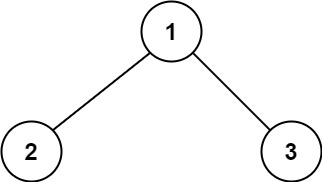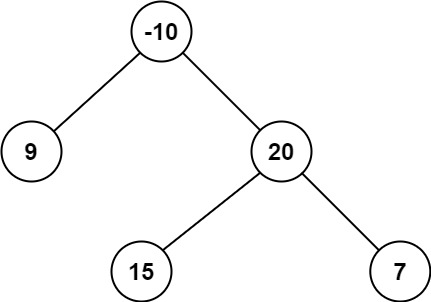When I started to attack this question, I tried to use a hashset to record all visited nodes, which is less space efficient than code ganker's code.
Below is my code(just for reference):
public class Solution {
public List<Integer> postorderTraversal(TreeNode root) {
LinkedList<TreeNode> stack = new LinkedList<TreeNode>();
HashSet<TreeNode> visitedNodes = new HashSet<TreeNode>();
ArrayList<Integer> res = new ArrayList<Integer>();
while(root != null || !stack.isEmpty()){
stack.push(root);
if(root.left == null || visitedNodes.contains(root.left)){// try go right child
if(root.right == null || visitedNodes.contains(root.right)){// if right child visited or null
root = stack.pop();
res.add(root.val);
visitedNodes.add(root);
if(stack.isEmpty()) return res;
root = stack.pop();
}
else{
root = root.right;
}
}
else{
root = root.left;
}
}
return res;
}
}

